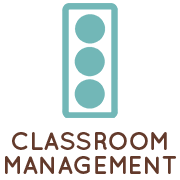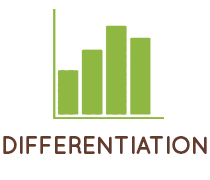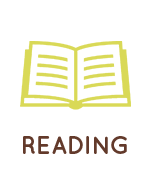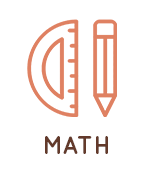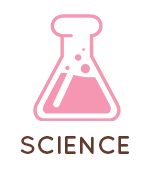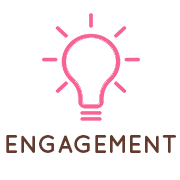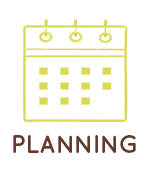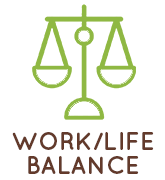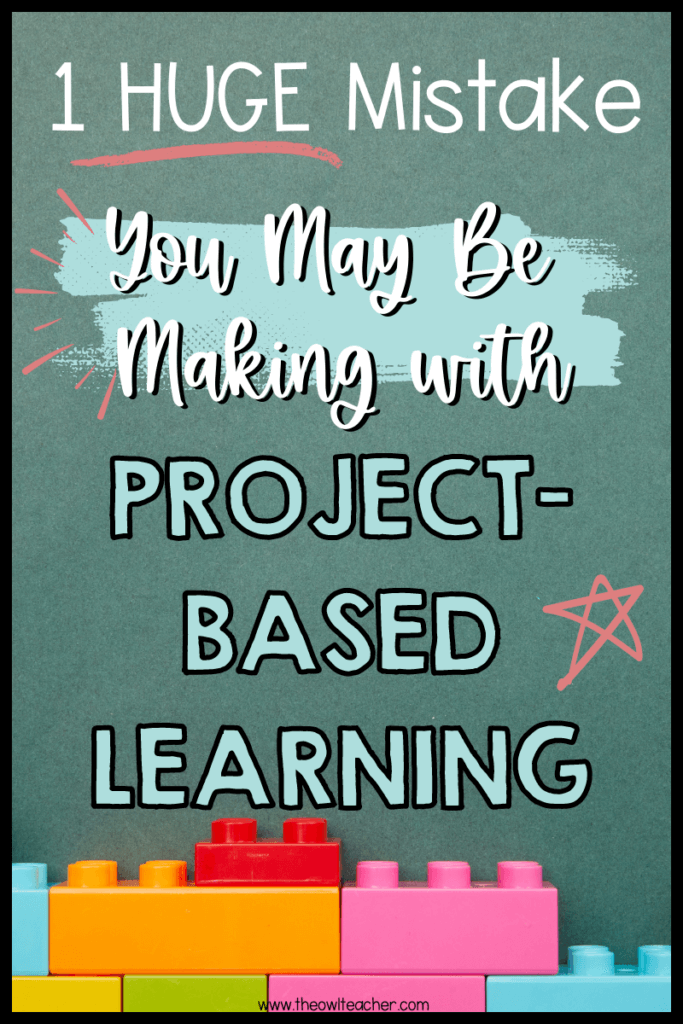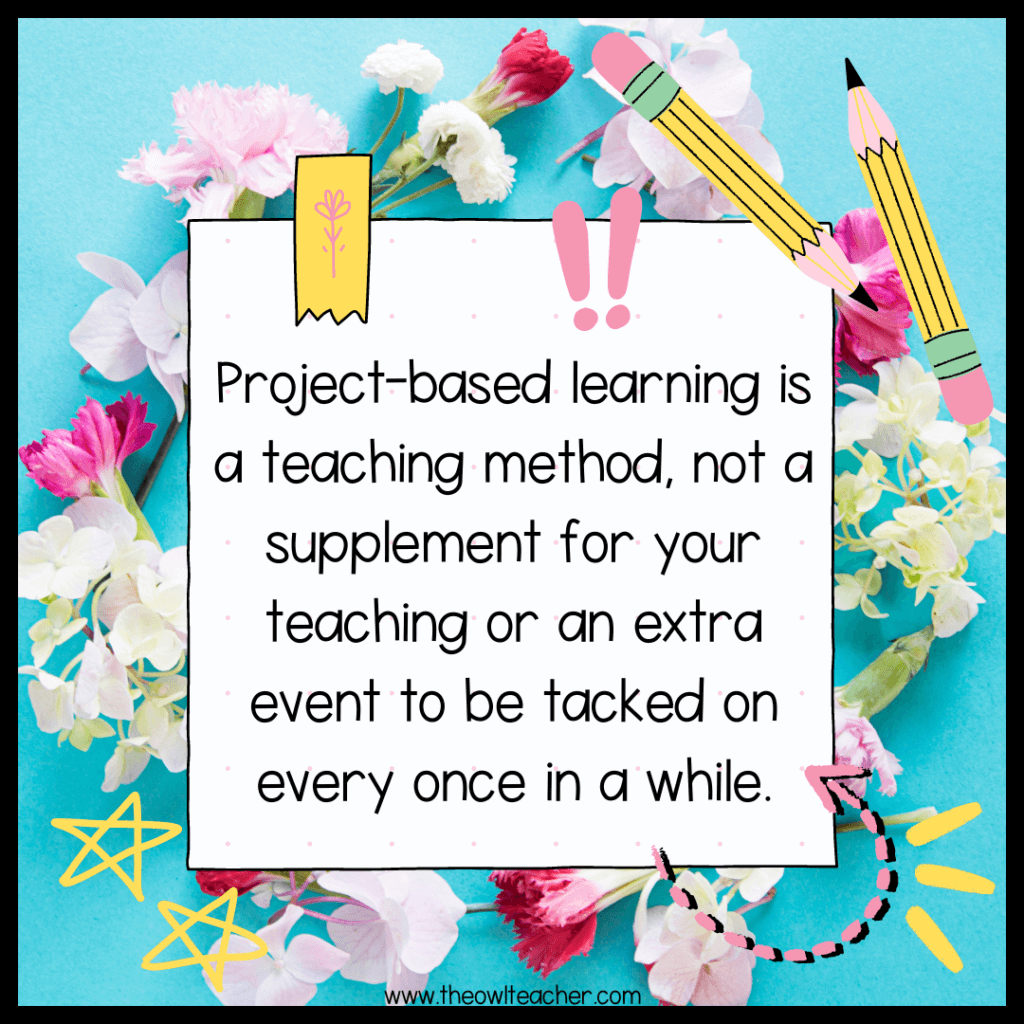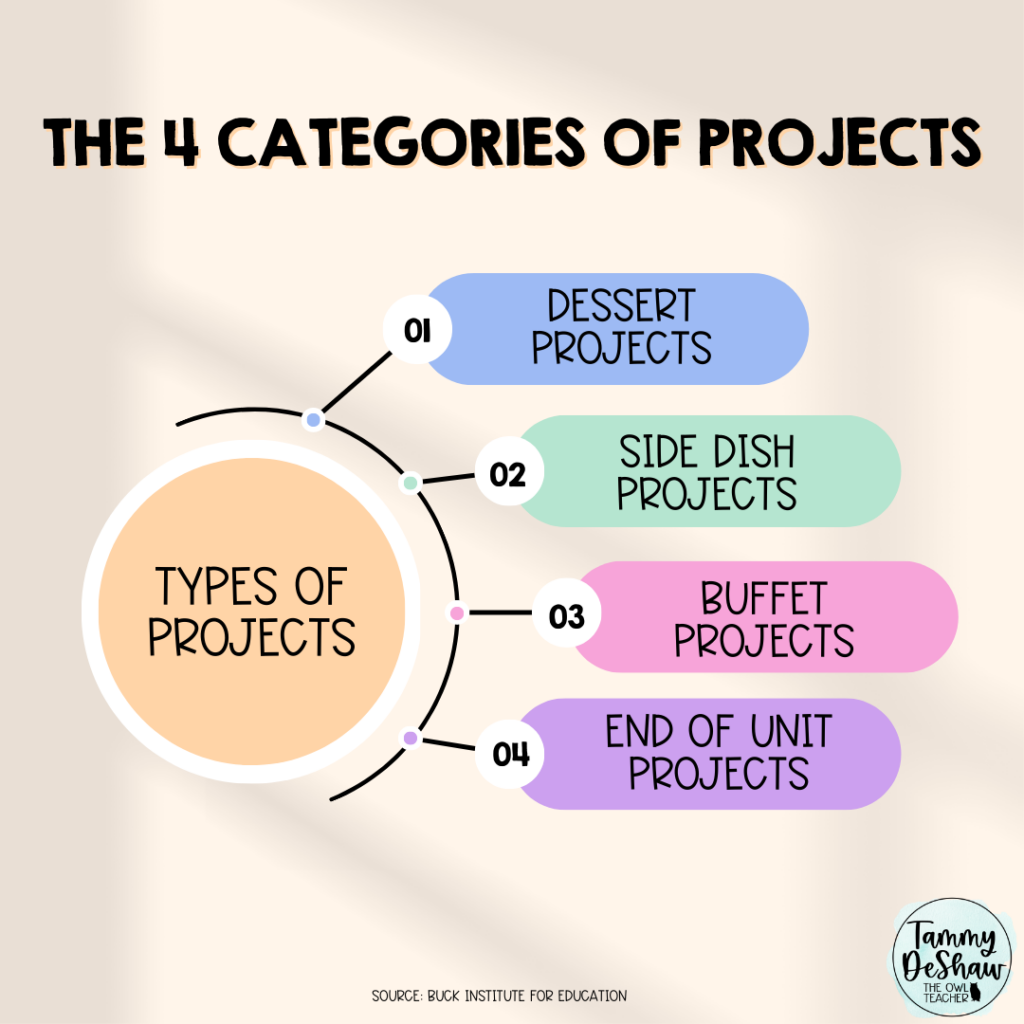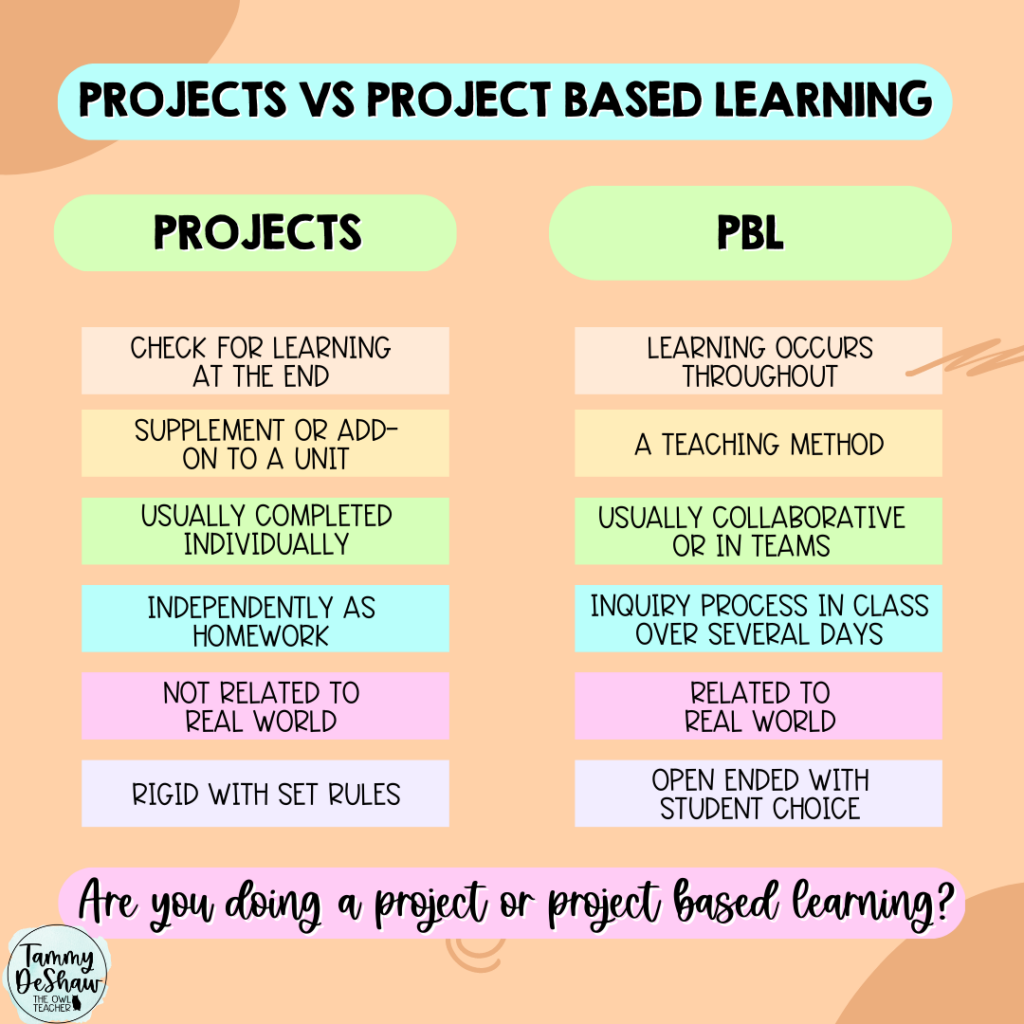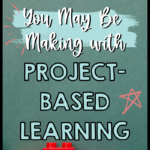
Projects can be a ton of fun for both you and your students–it’s no secret. That’s why project-based learning is such a hit!
But how much fun is too much fun?
Okay, okay, I know I’m going to sound like the Fun Police here, but hear me out: the best projects for project-based learning strike a fine line between fun and education. Going too far in either direction leads to students going off-task or just disengaging entirely. Obviously, that is not our goal! We use projects to keep our students engaged while also encouraging self-led exploration and education.
In order to identify where exactly the line is crossed from project-based learning into a fluffy, frivolous side project with no real depth, we must first examine what makes project-based learning so unique as well as its significance in the classroom.
At the end, I might just assign you a project, too… So pay attention! 😉
What is Project-Based Learning?
Project-based learning, or PBL, is defined by the Buck Institute for Education as “a teaching method in which students learn by actively engaging in real-world and personally meaningful projects.” Alright, so that’s kind of a mouthful… Let’s break it down!
First and foremost, PBL is just that: a “teaching method.” It’s not a supplement for your teaching or an extra event to be tacked on every once in a while. It’s an entirely new method of teaching! When we simply assign students a presentation at the end of a lesson, that is not project-based learning; rather, it would more closely align with an assessment to check for understanding.
“Culminating projects” at the end of a lesson often have that issue–they check for understanding. There’s nothing wrong with using them as assessments, of course, but calling them project-based learning is misleading. With PBL, the students explore and develop an understanding through the real-world or personal application of the question being posed. Project-based learning guides students toward the end goal of understanding.
Some examples of PBL include planning a town’s setup based on defined parameters, creating and managing their own business, preparing for natural disasters, and so on. Essentially, if students can work on this project for an extended period of time (as opposed to a weekend book report) and are working through understanding and solving a real-world problem through a product or presentation for an audience, then chances are, you’ve nailed what PBL is all about!
Why Use Project-Based Learning?
When students are offered exploration through PBL, they are encouraged to collaborate and engage their critical thinking skills to solve complex, real-world problems. Critical thinking skills are something that I feel doesn’t come up enough in our standard curriculum, yet is so important to teach regardless. Students will use critical thinking for the rest of their lives in a myriad of situations. By developing these skills, we are setting students up to be not only successful scholars, but successful adults as well.
Of course, critical thinking skills aren’t the only benefit to PBL. By being permitted to explore content in a way unique to each student, they develop deeper content knowledge rather than the surface-level understanding of plugging in a specific math strategy to get the answer. In addition, students learn to collaborate with one another in constructive ways to reach a solution; it goes without saying that communication skills will be developed here, as well!
Not only does project-based learning examine real-world problems, but it also develops the real-world skills needed outside an educational environment. With critical thinking, communication, and creativity skills, what more could you ask for in an educational tool?
Projects vs. Project-Based Learning
If project-based learning is a teaching method, then projects are more of a teaching add-on. PBL guides students to understand and solve a real-world problem, whereas most projects are used to check for understanding at the end of a lesson, or even just used for fun around special events or holidays.
However, sometimes the line between projects and project-based learning can be a bit nuanced. According to the Buck Institute for Education, projects can be split into four categories:
- Dessert Projects
- Side Dish Projects
- Buffet Projects
- End of Unit Assessments
Dessert projects are essentially what they sound like: projects that are intended to be a fun way to finish your meal–or in this case, your unit. Rather than the project’s aim being learning, dessert projects are simply for fun. An example of this type of project would be creating a cute poster at the end of a lesson about what the student has learned.
Side Dish projects are generally a supplemental activity that is tacked on to the main lesson. Students may create a family tree as a part of their gene unit, write a report on an inventor as part of a science history unit, or simply create a presentation to teach fellow students what they learned over the unit.
Buffet projects sound confusing at first, but they’re something I know I’ve provided in my own classroom, and I’m willing to bet that you have, too. This type of project provides students with a variety of choices that they can complete that are all tied to a common theme–for instance, if you assign students a book report, but let them decide whether they want to create a written essay report, a movie trailer, a PowerPoint presentation of the book’s plot, or a diorama of a significant scene from the book.
End of Unit Assessments are relatively self-explanatory. Generally, in this case, students will be presented with a culminating question after a unit and asked to answer it thoroughly through either an essay-type writing or through some sort of presentation. Just like the name implies, this project is really more of an assessment than anything else.
Throughout these four types of projects, there is one main theme: these projects are all after-the-fact. These projects are presented to students after the learning has been done–there is usually little, if any, room to continue the exploration of the topic. If a student does not understand the lesson by this point, it’s extremely unlikely that the assigned project is going to help.
In contrast, project-based learning is, as mentioned earlier, a teaching method rather than a supplement or add-on like simple projects. PBL provides students with the freedom of exploring the topic and the authenticity of solving a real-world problem that is relevant to the students in some way. Projects are much more rigid and are often completed with the sole objective of fulfilling a rubric.
Turn Projects into Project-Based Learning
If you’re coming to the realization that your classroom is rife with projects, never fear! Many projects can be tweaked to fulfill the standards of PBL. First, we assess our projects. Most projects work off Bloom’s Taxonomy from the bottom up–you know, gradually moving from remembering and understanding a topic to ultimately creating new works. However, that’s the opposite of what PBL wants from our students!
PBL starts students off by asking a real-world, complex question that will ultimately drive their path through the unit. In other words, PBL starts at the top of Bloom’s Taxonomy and works down! By approaching the question first, students will be moved to think critically and discover what information they need to know, what they don’t yet understand, and how to go about finding and analyzing this data in order to solve the problem at hand.
Okay, so we can flip projects around to turn them into project-based learning. But what else? Well, we’ve covered critical thinking. Now let’s work on making projects collaborative! Many projects are often individual take-home assignments that see little, if any, communication between peers. A simple fix for this is to make projects bigger! Have students work in pairs or even groups in order to encourage communication. This will also help students develop critical thinking skills by bouncing ideas off one another.
Finally, breaking projects down into different stages helps to provide “benchmarks” of sorts for your PBL. While we certainly want students to engage and develop their critical thinking skills, we don’t necessarily want to overwhelm them! Breaking a project into stages helps create manageable checkpoints that both our students and us as teachers can use to ensure ample progress is being made. This also ensures that the project is including a “sustained inquiry process,” as recommended by the Buck Institute for Education–or, in other words, it helps us ensure that learning is happening every step of the way.
Project-based learning doesn’t have to be intimidating. In fact, many projects we already use in our classroom can be converted to PBL with just a few changes to the way we approach them! Still, if you have a soft spot in your heart for your current projects, and want to instead implement new PBL activities in your classroom, I’ve got you covered with plenty of context-rich problem solving in an easy, neat bundle!
Alright, I warned you back at the beginning… It’s time for your project! Get your trifold board and PowerPoint presentations ready… Just kidding! But, you do need to head to my store and check out my project based learning category so you don’t have to do all that thinking! Click here to check it out.


